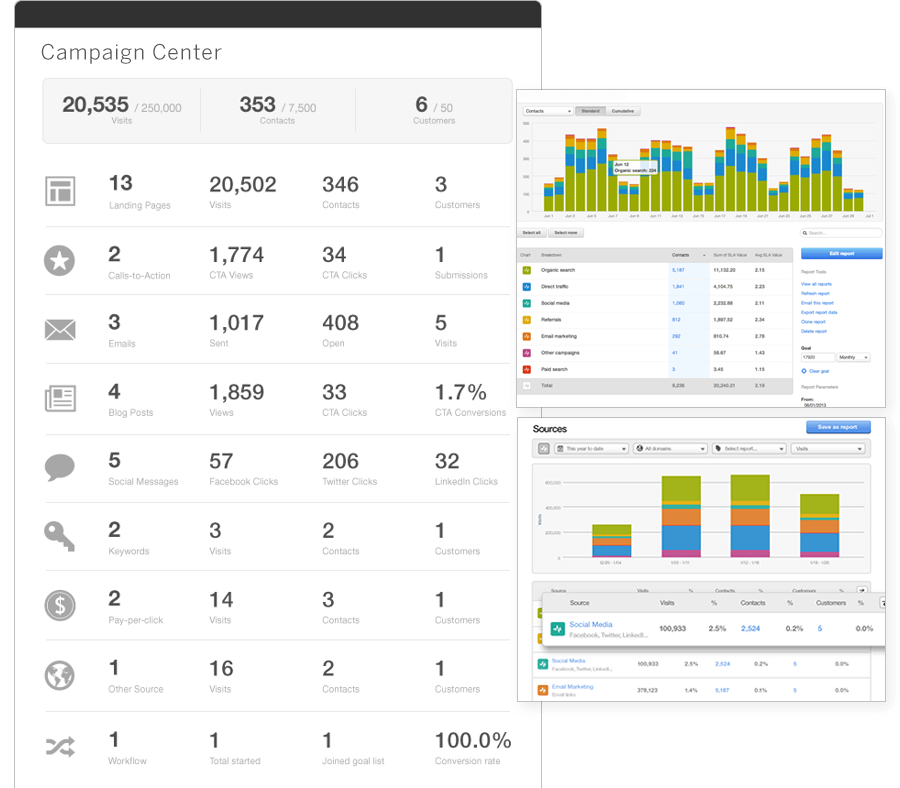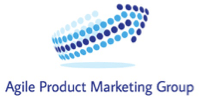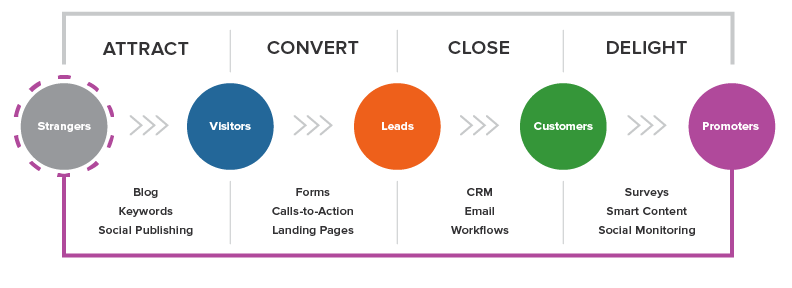The Challenge: Reaching Buyers In The Digital Age
Technology marketing is really hard - you need to convey a lot of detailed information to technologists, and also build a business case. On the buyer side, they are overwhelmed with information and need to get multiple people to agree on an approach and a vendor to move forward with an initiative and purchase.
Consequently, technology vendors see a higher prospect abandonment rate than most other industries – this is due to the greater investment required as well as the uncertainty and length involved in the buying process.
Advances in technology have dramatically reduced the effectiveness of traditional outbound lead generation techniques that interrupt buyers' lives in the hope that they will find the occasional prospect in the midst of buying what they offer. Buyers screen unwanted sales outreaches and disregard the resulting voicemails. They delete irrelevant and unwanted email solicitations. Simply put, today's buyers want to interact with technology providers when they need to and on their own terms.
So how can vendors get the attention of buyers, educate them on their products and ultimately lead them to action?
The Solution: A Holistic Data-Driven Approach That Leverages How People Buy Today
Inbound marketing is an approach focused on attracting customers through content and interactions that are relevant and helpful — not interruptive. With inbound marketing, potential customers find you through channels like blogs, search engines, and social media.
Unlike outbound marketing, inbound marketing does not need to fight for potential customers' attention. By creating content designed to address the problems and needs of your ideal customers, inbound marketing attracts qualified prospects and builds trust and credibility for your business.
The same technology that has dramatically changed the way customers buy, is also behind the effectiveness of inbound marketing. Giving marketers the tools target and deliver more personal information in more formats, in more channels in less time than ever before in a manner that can be tracked, analyzed and optimized continuously. Inbound marketing simply sells the way buyers want to buy.
Since 2006, inbound marketing has been the most effective marketing method for doing business online. Instead of the old outbound marketing methods of buying ads, buying email lists, and praying for leads, inbound marketing focuses on creating quality content that pulls people toward your company and product, where they naturally want to be. By aligning the content you publish with your customer’s interests, you naturally attract inbound traffic that you can then convert, close, and delight over time.
Along the top are the four actions (Attract, Convert, Close, Delight) inbound companies must take in order to obtain visitors, leads, customers, and promoters. Along the bottom are the tools companies use to accomplish these actions. (Note the tools are listed under the action where they first come into play, but that’s not the only place they’re applicable! Several tools, like email, can be essential in several stages of the methodology.)
CONTENT MARKETING
Technology marketing has long relied on content in the sales and marketing process whether through the use of white papers, analyst reports, implementation guides, case studies, etc. Inbound leverages these tools and more using additional formats such as blogs, infographics, and video.
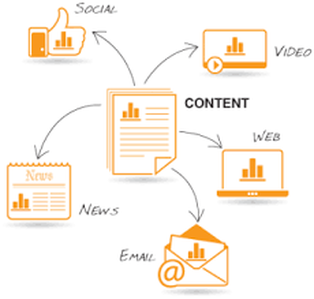
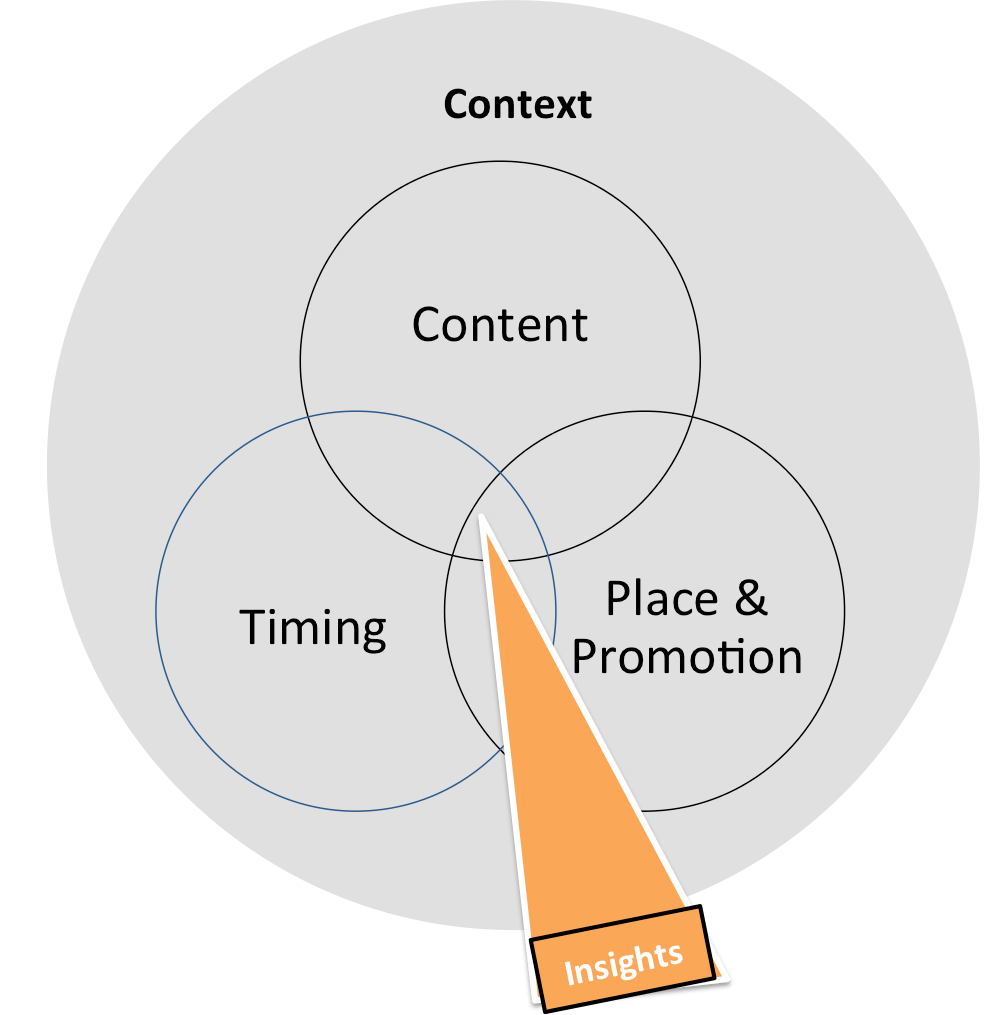
And quality content plays a role at every step of the inbound methodology, driving up your traffic, fuelling lead generation and supporting lead nurturing as well as post-sales marketing. A creative and collaborative team effort is required to keep up the steady flow of blog posts and content offers that inbound requires.
The Four Stages of Inbound Marketing
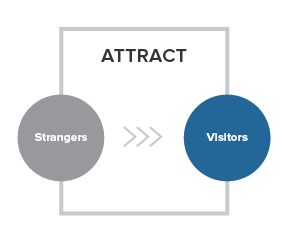 Attract
AttractWe don’t want just any traffic to our site, we want the right traffic. We want the people who are most likely to become leads, and, ultimately, happy customers. Who are the “right” people? Our ideal customers, also known as our buyer personas. Buyer personas are holistic ideals of what your customers are really like, inside and out. Personas encompass the goals, challenges, pain points, common objections to products and services, as well as personal and demographic information shared among all members of that particular customer type. Your personas are the people around whom your whole business is built.
Some of the most important tools to attract the right users to your site are:
Content Strategy. Your customers begin their buying process online, usually by searching to find something they have questions about. So, you need to make sure you’re showing up when and where they search. To do that, increase your presence by developing a robust content strategy.
Blogging. Inbound marketing starts with blogging. A blog is the single best way to attract new visitors to your website. In order to get found by the right prospective customers, you must create educational content that speaks to them and answers their questions.
SEO. Your customers begin their buying process online, usually by using a search engine to find something they have questions about. So, you need to make sure you’re appearing prominently when and where they search. To do that, you need to carefully, analytically pick keywords, optimize your pages, create content, and build links around the terms your ideal buyers are searching for.
Pages. Your website pages are your digital storefront. So put your best face forward! Optimize your website to appeal to your ideal buyers and transform your website into a beacon of helpful content to entice the right strangers to visit your pages.
Social Publishing. Successful inbound strategies are all about remarkable content - and social publishing allows you to share that valuable information on the social web, engage with your prospects, and put a human face on your brand. Interact on the networks where your ideal buyers spend their time.
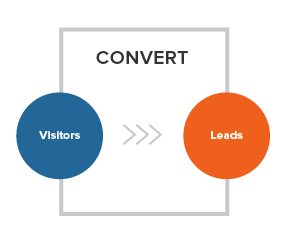 Convert
ConvertOnce you’ve attracted website visitors, the next step is to convert those visitors into leads by gathering their contact information. At the very least, you’ll need their email addresses. Contact information is the most valuable currency there is to the online marketer. So in order for your visitors to offer up that currency willingly, you need to offer them something in return! That “payment” comes in the form of content, like eBooks, whitepapers, or tip sheets - whatever information would be interesting and valuable to each of your personas.
Some of the most important tools to convert your site visitors to leads are:
Calls To Action. Entice your visitors to claim an offer with calls-to-action. Calls-to-action (CTAs) are buttons or links that encourage your visitors to take action, like “Download a Whitepaper” or “Attend a Webinar.” If you don’t have CTAs or if they aren’t enticing enough, you won’t generate leads.
Landing Pages. Drive visitors to landing pages where they can become leads. When a website visitor clicks on a CTA, they should then be sent to a landing page where the offer in the call-to-action is fulfilled, and where the prospect submits information that your sales team can use to begin a conversation with them
Forms. In order for visitors to become leads, they can fill out a form and submit their information. Optimize your form to make this step of the conversion process as easy as possible.
Messages. Chat with site visitors, connect with the right people at the right time, and make chat conversations a natural part of your sales process. Close more deals with the live chat tool that's built for sales teams. Messages helps sales teams connect with the right people right when they’re most engaged.
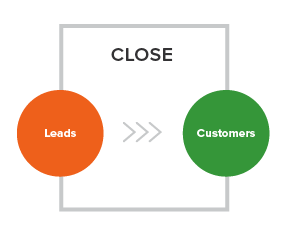
Close
You’re on the right track. You’ve attracted the right visitors and converted the right leads, but now you need to transform those leads into customers. How can you most effectively accomplish this feat? Certain marketing tools can be used at this stage to make sure you’re closing the right leads at the right times.
CRM. Keep track of the details about all the contacts, companies, and deals in your pipeline, and easily get in touch with the right prospects at the right time. Customer Relationship Management (CRM) systems facilitate sales by making sure you have the right information at your fingertips to better engage with prospects across every channel.
Closed-loop Reporting. How do you know which marketing efforts are bringing in the best leads? Is your sales team effectively closing those best leads into customers? Integration with your CRM system allows you to analyze just how well your marketing and sales teams are playing together.
Email. What do you do if a visitor clicks on your call-to-action, fills out a landing page, or downloads your whitepaper, but still isn’t ready to become a customer? A series of emails focused on useful, relevant content can build trust with a prospect and help them become more ready to buy.
Marketing Automation. This process involves creating email marketing and lead nurturing tailored to the needs and lifecycle stage of each lead. For example, if a visitor downloaded a whitepaper on a certain topic from you in the past, you might want to send that lead a series of related emails. But if they follow you on Twitter and visited certain pages on your website, you might want to change the messaging to reflect those different interests.
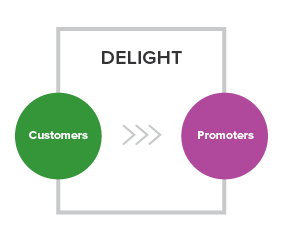 Delight
Delight
The Inbound way is all about providing remarkable content to our users, whether they be visitors, leads, or existing customers. Just because someone has already written you a check doesn’t mean you can forget about them! Inbound companies continue to engage with, delight, and (hopefully) upsell their current customer base into happy promoters of the organizations and products they love.
Surveys. The best way to figure out what your users want is by asking them. Use feedback and surveys to ensure you’re providing customers with what they’re looking for.
Smart Calls-to-Action. These present different users with offers that change based on buyer persona and lifecycle stage.
Smart Text. Provide your existing customers with remarkable content tailored to their interests and challenges. Help them achieve their own goals, as well as introduce new products and features that might be of interest to them.
Social Monitoring. Keep track of the social conversations that matter to you most. Listen out for your customers’ questions, comments, likes, and dislikes – and reach out to them with relevant content.
Inbound Marketing
To start, you'll need to determine how your funnel is getting filled and how much of your lead generation will take place directly from sales prospecting efforts and how much marketing needs to contribute. If you're not sure how to determine this, then use this lead calculator to ensure propers sales and marketing alignment.
You'll need a content strategy, but first you need to consider who is on the buying team you're going to target, to do this you need understand the customer pain points and how to reach them - consult this guide on creating buyer personas if you want to effectively target your audience.
To make sure the right people need to get the right message at the right time- you'll need to map your messaging to your content and promotion methods. To ensure your process is aligned with your buyers' personas for each stage of the purchase lifecycle, use this content mapping tool to get it right.
Need to take a look at the bigger picture? For the data you need to budget, plan, execute, and measure inbound marketing and selling download The State of Inbound 2017 Report
